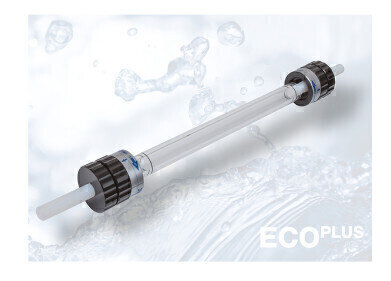Bioanalytical
Mechanisms driving fat accumulation in Dercum's disease investigated
Feb 06 2012
Researchers using gas chromatography and mass spectrometry have found differences in desatrase activity among sufferers of Dercum’s disease (DD), compared with obese control subjects and subjects with familial multiple lipomatosis (FML).
The research opens up new avenues for exploration in relation to desaturation index (DI) of DD, multiple symmetric lipomatosis (MSL) and FML, providing further information on adipose tissue fatty acid metabolism in these disorders. The potential relationship between the DI and adipokines or adiposity measures in obesity and Reactive Airways Dysfunction Syndrome (RADs) may now be explored.
Researchers obtained subcutaneous adipose tissue from human participants with DD, MSL,FML and obese controls and determined fatty acid composition by gas chromatography and mass spectrometry. The DIs (palmitoleic/palmitic, oleic/stearic, vaccenic/stearic ratios) were calculated from the gas chromatogram peak intensities. Finally, Spearman's correlations between the DIs and available clinical or biochemical data were performed.
The results showed that in DD subjects, the vaccenic and stearic index was lower in comparison to Controls. The saturated fatty acid myristic acid was higher in DD compared with Controls and FML, and the per cent of monounsaturated vaccenic acid in DD trended lower when compared with Controls, and was decreased in comparison to FML.
Posted by Fiona Griffiths
Events
May 18 2025 Tempe. AZ, USA
May 21 2025 Birmingham, UK
Jun 01 2025 Baltimore, MD, USA
Jun 15 2025 Bruges, Belgium
Jul 14 2025 Kuala Lumpur, Malaylsia














